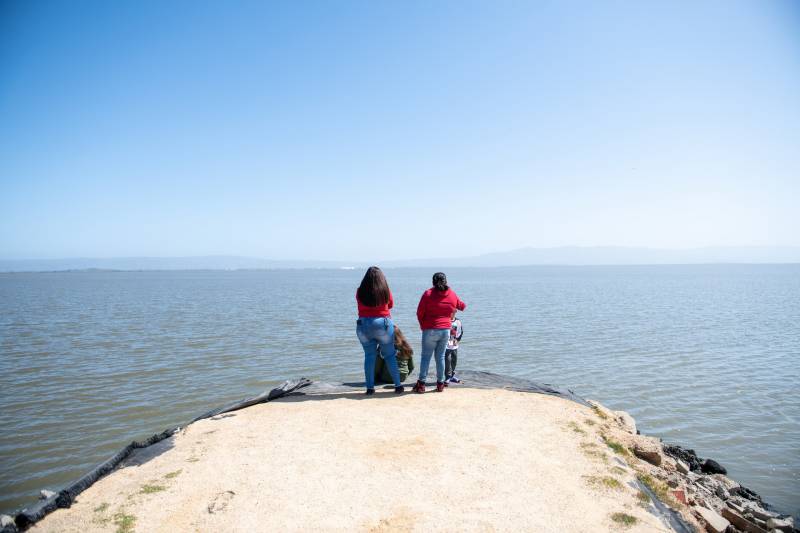A coalition of advocates, academics and government officials are throwing their weight behind a regional strategy to address future sea level rise.
They argue that, for the plan to work, state regulators spearheading the effort need new authority to implement it — a policy idea that many stakeholders agree is necessary, but that would require the equivalent of a political Hail Mary pass.
“We need to learn how to be a 21st-century sea level rise permitting agency and we’re working on addressing that right now,” said Dana Brechwald, assistant planning director for climate adaptation with the San Francisco Bay Conservation and Development Commission (BCDC). She also oversees the Adapting to Rising Tides program, which seeks to help shoreline communities across nine counties plan for sea level rise.
“Our timeline is fairly short, so we have to hit the ground running,” she said.
Brechwald is leading the effort to complete the agency’s Regional Shoreline Adaptation Plan, hoping to have it completed by mid-2024 as stipulated by guidelines around more than $5 million in grant funding BCDC won from the Ocean Protection Council and the Coastal Conservancy to pay for it.

